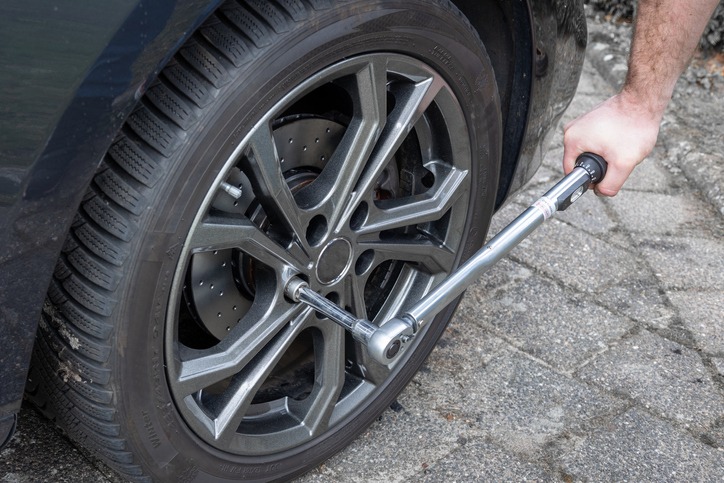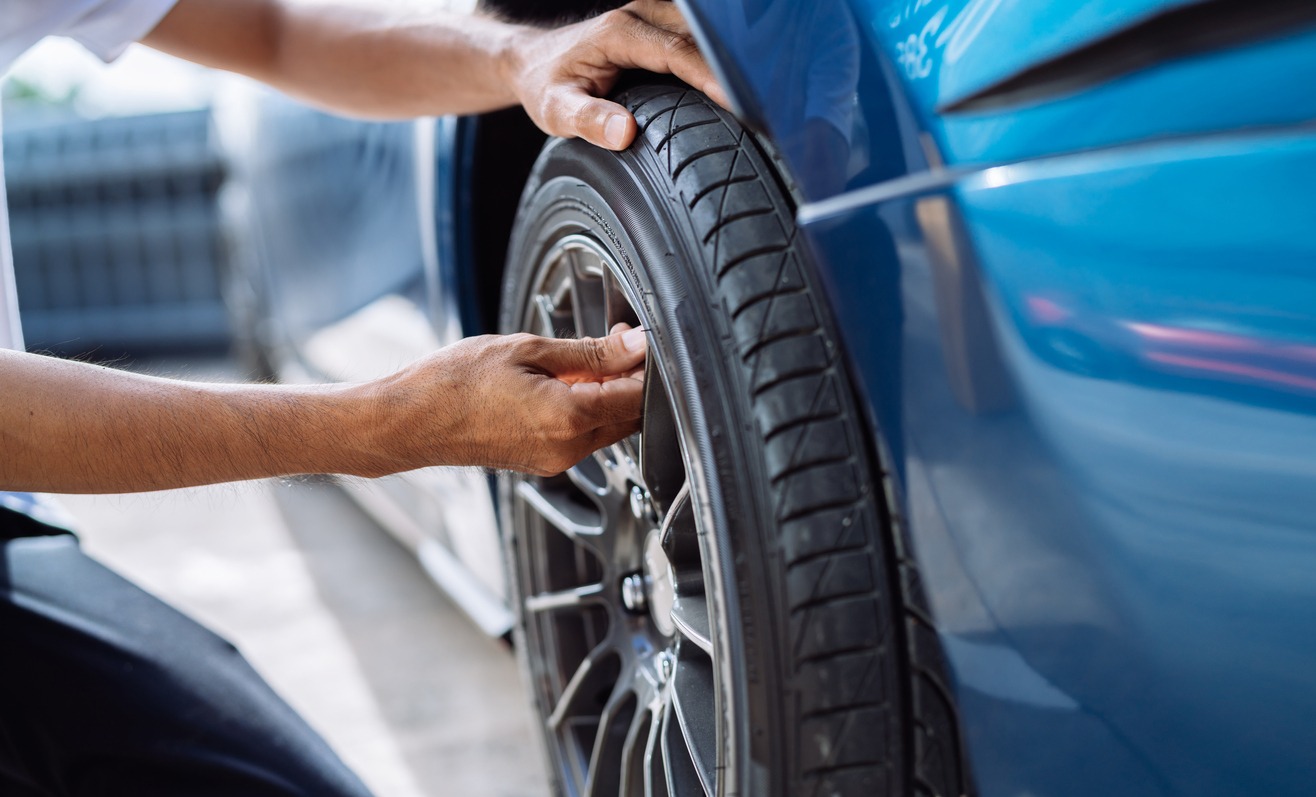One of the greatest inventions in the history of our species is the automobile, to be sure. Though without the modern tire, we wouldn’t have the automobiles we know and love today. Believe it or not, tires were around for thousands of years before cars ever appeared. As far back as ancient Rome, people used a variety of materials to cover up their wheels that could be considered tires. Of course, modern tires didn’t arrive on the scene until the 1800s, and they have come a long, long way over these many years. Today’s tires can last for many tens of thousands of miles and even many years, through bad weather and rough road conditions.
Though tires are not indestructible, to be sure. They can still go bad and show serious signs of wear and tear. This is why thousands of people every year have to seek out repair and tire replacements. Though how do you know when it’s time to get your tires repaired? Is there an actual recommended time frame you can follow? A few government organizations will offer you recommendations for a scheduling period to have your tires looked at.
The Recommended Time Scale for Repairing Your Tires
In nations like Canada and the United States, government organizations are the ones who set the recommendations for things like changes and repairs of your tires. For instance, the NHTSA recommends that individuals replace their tires every six years, no matter how many miles are on the tires. Or, at the very least, this is when the automobile should go to a mechanic for inspection or repair. However, always keep in mind that these are just recommendations and are in no way set in stone. Though if you’re interested in how often you should be repairing and/or replacing your tires, then the recommended guidelines are six years.
The Realistic Approach to Keeping Tires in Good Shape
It’s not as if you can just drive around on your tires for six years, no matter the condition, and then take your automobile in to have it looked at. In the meantime, life is going to happen. Your driving conditions might be worse than someone else’s needs, and you might end up running over a lot of debris, driving in horrible weather, etc. So the idea here should be to look carefully at your tires regularly rather than relying on that recommended time frame. So it would help if you always looked out for signs that you might need repair.
Signs That Your Tires Need Repair
The Tread Has Worn Low
The first big sign of tire repair you want to look for is tread wear on your tires. You know what your tread is; for most people, they know it as the pattern on their tires. This is what gives you traction when you’re driving around on the roads, and the tread should be very pronounced so that it can grip onto the surface. This is what helps your car handle and brake properly. Though the more you drive, the more likely it is that your tread will wear low. Worn tires can become easily damaged and blow out, not to mention it’s harder to handle and stop your vehicle. So if you spot wearing tread on your tires, it’s time to take it in for repair or replacement.
Bubbles or Cracks Appear
Another good thing to look for with your automobile tires to check if they need repair is to look for tiny cracks or bubbles. The bubbles are a lot easier to see than the cracks. You will actually see spots that look like literal bubbles because that’s what they are: Air bubbles that form due to weaker, thinner rubber in your tires. You definitely want to take your car in if you find these. If your bubble bursts, you’re going to be in for big trouble on the road. As for the cracks, keep your eyes peeled for what appear to be spider web-sized cracks. This can indicate dry rot and other issues. If you find any of these cracks lurking around on your tires, you should take your car in right away to have it looked at. This might be a sign that you need total tire replacement.
You Feel the Difference
Have you ever had a flat tire when driving? If so, ask yourself how you knew the tire was flat. It’s because you felt the difference when driving; you could tell your tire had lost air. Well, pay attention when you move your car. If there are issues with your tires, you may actually be able to feel the difference. This is especially true with an imbalance issue. You will be able to tell when turning corners or braking if there are any potential issues with your tires. You’re going to be able to feel that difference in how your car handles. You don’t have to be the “car whisperer” here to spot these sorts of issues; you just have to pay attention to the way your car is handling.
Tires Won’t Hold Air Properly
All tires lose air after a while driving around. The thing about tires on your automobiles is that they’re sealed with a little bit of sealant but mostly air pressure pushing against the rim. Running into a curb or simply driving a lot on bumpy surfaces can cause slight breaks in this seal, which will allow some air out before resealing. However, the thing about old tires is that this seal is going to pop loose more often. This is when you know it’s time to have your car brought in to repair and possibly replace the tires. It’s ubiquitous for tires to lose air over time; though if you find that you’re having trouble holding air, you need to get your tires serviced right away.
While there is a recommended time frame for which to repair those tires or to at least have them looked at, nothing can predict the real-life conditions of driving. Weather and road conditions and myriad other factors can affect the performance and durability of your tires. So you can never set a clock to when you may need to seek repair. Keep in mind the recommended schedule for repair services, but always be on the lookout for issues as they arise.


